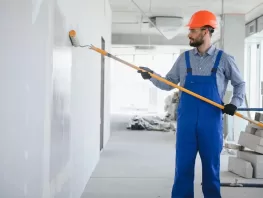
Why Tank Linings Matter for Chemical and Water Storage
Posted Feb 24, 2025 by Dave Scaturro

Tank linings play a crucial role in the longevity and safety of chemical and water storage tanks. Whether you’re dealing with industrial chemicals, potable water, or wastewater, a well-applied lining protects against leaks, contamination, and structural deterioration. Without the right protective coating, tanks can corrode, degrade, and ultimately fail—posing serious risks to the environment, operations, and safety compliance.
The Hidden Dangers of an Unprotected Tank
At first glance, a steel or concrete tank may seem indestructible. However, over time, exposure to moisture, chemicals, and extreme temperatures can lead to corrosion, cracking, and contamination. If left unchecked, this deterioration can result in costly repairs, environmental hazards, and even regulatory violations.
For industries that store hazardous chemicals, a compromised tank can spell disaster. Chemicals can seep into the surrounding environment, leading to regulatory fines and safety hazards. Similarly, in the case of water storage, an unlined or poorly lined tank can allow bacteria, rust, and other contaminants to leach into the supply, endangering those who rely on clean, safe water.
How Tank Linings Prevent Contamination and Leaks
A high-performance tank lining acts as a protective barrier between the tank’s interior surface and its contents. These coatings are designed to withstand chemical exposure, high pressures, and extreme temperatures while preventing the stored material from degrading the tank itself.
Some key benefits of tank linings include:
Corrosion Resistance – Prevents rust and degradation in metal tanks, extending their lifespan.
Leak Prevention – Creates a seamless, impermeable barrier that stops leaks before they start.
Chemical Resistance – Protects against harsh chemicals, acids, and solvents that can eat away at unlined surfaces.
Hygiene and Safety Compliance – Ensures clean storage conditions for potable water, food-grade liquids, and pharmaceuticals.
By investing in the right lining, businesses can significantly reduce maintenance costs and downtime while meeting industry standards for safety and performance.
Choosing the Right Tank Lining for Your Needs
Not all tank linings are created equal. The right choice depends on factors like the type of material stored, temperature variations, and environmental conditions. Some of the most common types of tank linings include:
Epoxy Linings – Highly durable and resistant to a wide range of chemicals, making them ideal for industrial and chemical storage.
Polyurethane Linings – Flexible and impact-resistant, perfect for tanks that experience expansion and contraction.
Rubber Linings – Used for highly abrasive and corrosive environments, such as wastewater treatment facilities.
Glass-Fused-to-Steel Linings – Extremely durable and commonly used in municipal water and wastewater storage.
Final Thoughts
Tank linings are more than just a protective coating—they’re a critical investment in the safety and longevity of your storage system. Whether you’re storing chemicals, water, or food-grade liquids, choosing the right lining can prevent costly failures, ensure regulatory compliance, and extend the lifespan of your tanks. If you haven’t evaluated the condition of your tank linings recently, now is the time to take action. Call Alpine today–a proactive approach now can save you from expensive repairs and potential disasters down the line.









